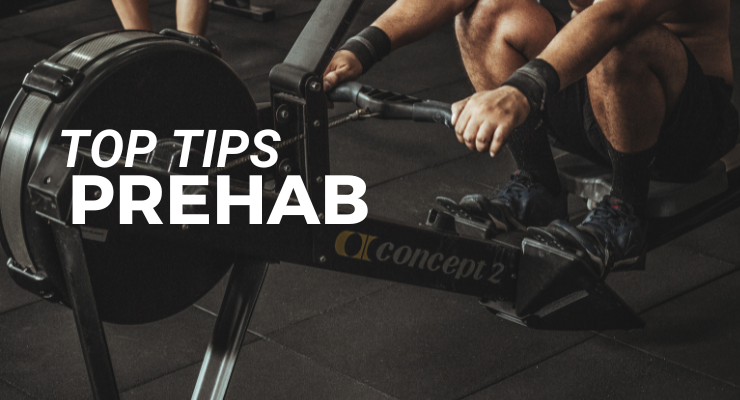ACL Prevention Techniques
Prehab is exercise rehabilitation for someone who is getting strong prior to any surgical procedure after getting injured (reactive) or is preventative in nature (proactive).
As humans, we can appreciate the benefits you can experience by preparing. If it’s raining outside, you should prepare by putting on a raincoat or getting an umbrella. If you want to pass a test, you should prepare by studying.
Prehab is practicing graded exposure with your neuromusculoskeletal system so that it is prepared for what you’ll ask of it.
It is all about learning knowledge that applies to your body and your mind and using it to optimize the way you exercise. Prehab can help you with your daily activities, your workout routine, your favourite hobbies, your beloved sport, and any old or new nagging pains & injuries. The goal of prehab is to reduce your risk for injury while improving your overall physical health.
As part of this phase, it will give you time to make decisions as to where your ACL journey will continue, whether that is conservative (non-surgical) or surgery.
If you wish to discuss these options with our ACL specialist Matt, feel free to give us a call at 08 6468 6825 or book online by clicking here.
There are 3 key elements to this phase:
Reduce swelling and inflammation
Swelling and inflammation typically occurs from the initial injury. It is crucial to keep these symptoms to the first 1-2 days. Extended periods of time with swelling will lead to delayed healing, reduce range of motion, impede on muscle activation and the return to normal function.
Achieve full range of motion:
Critical to gaining full function and being able to reduce pain. Having full range and pain resolution will enable the person to begin strengthening.
Increase strength:
important to return if wanting to return to any sport and more importantly to protect the body for daily activities. The initial injury would have stopped key muscle groups from working at an optimal level. Gradually building strength is important to avoid the body creating bad movement behaviours.
Unsure how to implement these elements?
If you are still unsure what the best way to start when it comes to prehab, the physio team at Fieldwork can help by tailoring a specific program personalised to your needs.
Simply click here if you are interested in booking yourself in and we can start that prehabilitation program for you.
We look forward to helping you in the clinic!






Training for a marathon? Physiotherapy is key to keeping your body in top shape! Learn how physios help with injury prevention, strengthening, flexibility, and recovery, ensuring you're race-ready and injury-free. Whether you're new to marathons or a seasoned runner, physio can help you perform at your best and cross the finish line strong.